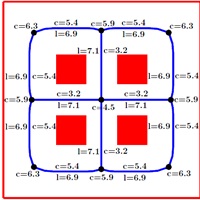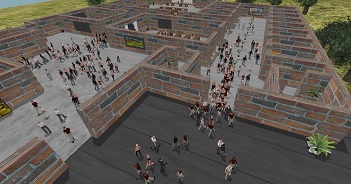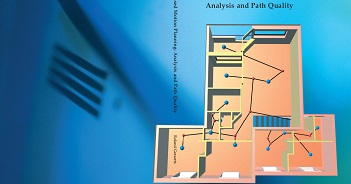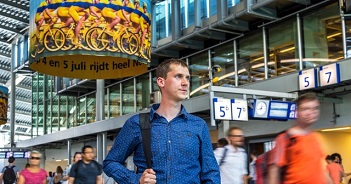Abstract
We present a novel approach for planning and directing heterogeneous groups of virtual agents based on techniques from linear programming. Our method efficiently identifies the most promising paths in both time and space and provides an optimal distribution of the groups' members over these paths such that their average traveling time is minimized. The computed space-time plan is combined with an agent-based steering method to handle collisions and generate the final motions of the agents. Our overall solution is applicable to a variety of virtual environment applications, such as computer games and crowd simulators. We highlight its potential through a wide range of test-case scenarios and evaluate the results from our simulations using a number of quantitative quality metrics. In practice, our system runs at interactive rates and generates smooth and optimal crowd flows under a variety of conditions.
Reference
-
Ioannis Karamouzas, Roland Geraerts and A. Frank van der Stappen. Space-time Group Motion Planning. In Workshop on the Algorithmic Foundations of Robotics (WAFR2012), Algorithmic Foundations of Robotics X, Springer Tracts on Advanced Robotics Vol 86, pp. 227-243, 2013.

Movie
The method is demonstrated in the following movie.





